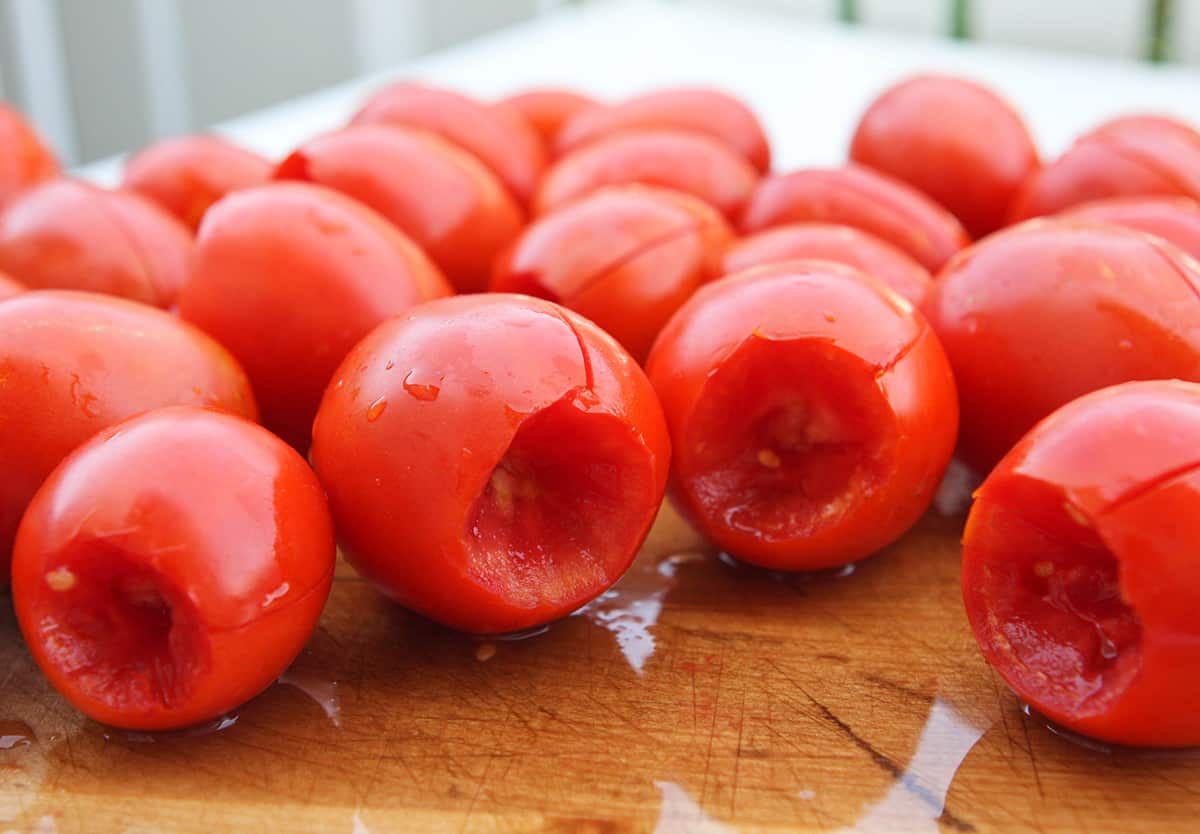

Articles
How To Store Tomatoes For 6 Months
Modified: February 28, 2024
Learn how to store tomatoes for 6 months with these helpful articles. Discover the best methods and techniques to ensure your tomatoes stay fresh and delicious.
(Many of the links in this article redirect to a specific reviewed product. Your purchase of these products through affiliate links helps to generate commission for Storables.com, at no extra cost. Learn more)
Introduction
Welcome to the world of long-term tomato storage! If you’ve ever found yourself with an abundance of tomatoes from your garden or a great deal at the local farmers market, you may have wondered how to make them last beyond their peak season. Thankfully, with the right techniques and storage methods, you can enjoy the fresh taste of tomatoes all year round.
Tomatoes are a versatile and nutritious fruit, packed with vitamins, minerals, and antioxidants. They are a staple in many cuisines and can be used in a variety of dishes, from salads and sandwiches to salsas and sauces. However, tomatoes have a relatively short shelf life, which can make it challenging to keep them fresh for an extended period. That’s where proper storage techniques come into play.
In this article, we will explore different methods for storing tomatoes, ranging from keeping them at room temperature to freezing and canning them for long-term use. We will discuss the characteristics of the ideal tomatoes for storage, how to evaluate their quality, and the steps to prepare them for preservation. So, let’s dive in and learn how you can enjoy the delicious taste of fresh tomatoes throughout the year!
Key Takeaways:
- Choose firm, underripe tomatoes like Roma or San Marzano for long-term storage. Evaluate quality based on color, firmness, and aroma to ensure optimal freshness. Properly prepare and store to enjoy flavorful tomatoes year-round.
- Experiment with room temperature storage, refrigeration, freezing, or canning to extend tomato shelf life. Follow tips like avoiding direct sunlight, separating ripe and unripe tomatoes, and using damaged ones first for best results.
Read more: How To Store Green Tomatoes For Months
Methods for Storing Tomatoes
When it comes to storing tomatoes, there are several methods you can choose from, depending on your preferences and the available resources. Each method has its own advantages and considerations, so let’s explore them in detail:
- Choosing the Right Tomatoes for Long-Term Storage: Not all tomatoes are created equal when it comes to storage. For long-term storage, it’s best to choose varieties that are known for their firm texture and good shelf life. Look for tomatoes that are slightly underripe, as fully ripe tomatoes tend to spoil more quickly. Varieties like Roma tomatoes, San Marzano, and paste tomatoes are excellent choices for storing.
- Evaluating Tomato Quality: Before storing tomatoes, it’s important to evaluate their quality. Discard any tomatoes that show signs of rot, mold, or soft spots, as they can quickly spoil the rest of the batch. Look for tomatoes with vibrant colors, smooth skin, and a firm texture. Avoid tomatoes that feel mushy or have wrinkled skin, as these are indications of overripeness.
- Preparing Tomatoes for Storage: Properly preparing tomatoes before storage is crucial for maintaining their freshness. Start by gently washing the tomatoes to remove any dirt or debris. Allow them to dry completely before proceeding. Next, remove any stems or leaves attached to the tomatoes. For long-term storage, it’s recommended to store the tomatoes with their skins intact, as the skin acts as a natural barrier against spoilage.
- Storing Tomatoes at Room Temperature: If you plan to use the tomatoes within a week or two, storing them at room temperature is a viable option. Find a cool and dry spot in your kitchen away from direct sunlight. Arrange the tomatoes in a single layer so they don’t touch each other, as this can promote rotting. Inspect the tomatoes regularly and remove any that start to show signs of spoilage.
- Storing Tomatoes in the Refrigerator: If you want to extend the shelf life of tomatoes, you can store them in the refrigerator. Keep in mind that refrigeration can affect the flavor and texture of tomatoes, so it’s best to use this method for tomatoes you plan to cook rather than eat raw. Place the tomatoes in a breathable bag or container and store them in the crisper drawer of your refrigerator. Use the refrigerated tomatoes within two to three weeks for the best quality.
- Blanching and Freezing Tomatoes: Freezing tomatoes is an excellent way to preserve their taste and texture for future use. Start by blanching the tomatoes in boiling water for a couple of minutes, then transfer them to an ice bath to stop the cooking process. Peel off the skins, remove the cores, and slice or dice the tomatoes as desired. Place the prepared tomatoes in airtight freezer bags or containers and store them in the freezer for up to six months.
- Canning Tomatoes for Long-Term Storage: Canning is a traditional method of preserving tomatoes that allows you to enjoy their taste even during the off-season. You can choose to can them whole, crushed, or in the form of sauce. The canning process involves sterilizing jars, filling them with tomatoes, adding an acidic ingredient like lemon juice or citric acid, and sealing them properly. Follow a trusted canning recipe and ensure that the jars are processed in a water bath or pressure canner according to the recommended times and pressures.
By utilizing these methods, you can ensure that your tomatoes stay fresh and flavorful for an extended period, allowing you to savor the taste of summer year-round. Remember to experiment and find the method that suits your needs and preferences best. With a little planning and preparation, you can enjoy the incredible flavor of tomatoes throughout the year!
Choosing the Right Tomatoes for Long-Term Storage
When it comes to long-term tomato storage, selecting the appropriate type of tomato is essential. Not all tomatoes are created equal in terms of their ability to withstand extended storage periods without spoiling. Here are a few factors to consider when choosing the right tomatoes for long-term storage:
- Texture: Look for tomatoes with firm and dense flesh. These tomatoes tend to have a longer shelf life and are ideal for storage purposes. Varieties such as Roma tomatoes, San Marzano, and paste tomatoes are popular choices for long-term storage due to their thick walls and meaty texture.
- Ripeness: It’s best to select slightly underripe tomatoes for long-term storage. Fully ripe tomatoes tend to spoil more quickly and may not hold up well over time. Pick tomatoes that are just starting to show color and are still relatively firm to the touch. Avoid overripe tomatoes, as they are more prone to bruising and rotting.
- Size: Consider the size of the tomatoes you plan to store. Smaller tomatoes, such as cherry or grape varieties, tend to have a longer shelf life compared to larger tomatoes. They are also easier to manage and store due to their compact size.
- Disease Resistance: Certain tomato varieties are more resistant to diseases and pests, making them more suitable for long-term storage. Look for varieties that are known for their disease resistance, such as heirloom varieties like ‘Brandywine’ or hybrid varieties with disease-resistant traits.
- Availability: Choose tomato varieties that are readily available during the peak season. This ensures that you have access to the freshest and highest-quality tomatoes for long-term storage. Visit local farmers’ markets or grow your own tomatoes to have control over the quality and selection of the tomatoes you plan to store.
When buying tomatoes for long-term storage, it’s recommended to handle them carefully to prevent any damage. Avoid selecting tomatoes with bruises, cuts, or soft spots, as these areas are prone to decay. In addition, visually inspect the tomatoes for signs of disease or mold, discarding any that do not meet the quality standards.
Remember that not all tomatoes are suitable for long-term storage. While many varieties can be stored for a few weeks, certain types, such as slicer tomatoes, are better enjoyed fresh or used within a shorter period.
By choosing the right tomatoes for long-term storage, you can ensure that you have a supply of flavorful and nutritious tomatoes even during the off-season. Take the time to research and experiment with different tomato varieties to find the ones that best suit your storage needs and taste preferences. With a little planning and proper selection, you can enjoy the taste of ripe, juicy tomatoes all year round!
Evaluating Tomato Quality
When it comes to storing tomatoes for the long term, evaluating the quality of the tomatoes is crucial. Proper assessment ensures that only the best and healthiest tomatoes are chosen for storage, resulting in optimal freshness and flavor retention. Here are some factors to consider when evaluating tomato quality:
- Color: Look for tomatoes with vibrant and uniform color. The color should be consistent across the entire tomato, indicating that it is ripe and ready for storage. Depending on the variety, ripe tomatoes can range from shades of red, orange, yellow, or even green.
- Skin Texture: Examine the skin of the tomatoes. It should be smooth and free from blemishes or wrinkles. Avoid tomatoes with cuts, cracks, bruises, or any signs of disease, as these can lead to quicker spoilage and compromise the overall quality of the stored tomatoes.
- Firmness: Gently squeeze the tomatoes to assess their firmness. Ideally, the tomatoes should have a slight give when gently squeezed but should not feel mushy or overly soft. Firm tomatoes have a better chance of lasting longer in storage without becoming overly mushy or developing mold.
- Aroma: Take a moment to smell the tomatoes. Ripe tomatoes should have a sweet and pleasant aroma. If there is no noticeable smell or if the tomatoes have a sour or moldy smell, it may indicate that they are overripe or on the verge of spoiling.
- Size and Shape: Choose tomatoes that are relatively uniform in size and shape. This ensures even ripening and enhances the overall appearance of the stored tomatoes. Selecting tomatoes of similar size also makes it easier to pack and organize them for storage.
- Taste: While it may not be possible to taste every tomato before storing, sampling one can give you an idea of the flavor profile. If the tomato tastes ripe and has a good balance of sweetness and acidity, it is likely to retain its taste during storage as well.
Remember to handle the tomatoes gently to prevent bruising or damage. Rough handling can lead to accelerated spoilage and affect the quality of the stored tomatoes.
It’s important to note that evaluating tomato quality is subjective to a certain extent. Personal preferences, regional varieties, and seasonal variations can all impact the perception of quality. The main objective is to choose tomatoes that are in their prime and free from any visual or olfactory signs of deterioration.
By carefully evaluating the quality of the tomatoes, you can ensure that only the best specimens make it into long-term storage. This will result in a supply of tomatoes that are not only visually appealing but also retain their flavor, texture, and nutritional value over an extended period.
Preparing Tomatoes for Storage
Properly preparing tomatoes before storing them is essential to ensure their longevity and quality. Follow these steps to prepare your tomatoes for long-term storage:
- Wash the Tomatoes: Start by gently washing the tomatoes under running water. Remove any dirt or debris that may be present on the surface of the tomatoes. Avoid using any harsh detergents or soaps, as they can leave a residue on the tomatoes.
- Dry Thoroughly: After washing the tomatoes, take the time to dry them thoroughly. You can either pat them dry with a clean towel or allow them to air dry. Make sure the tomatoes are completely dry before moving on to the next step, as excess moisture can promote the growth of mold or lead to faster spoilage.
- Remove Stems and Leaves: Inspect each tomato and remove any stems or leaves that are still attached. These remaining parts can create an entry point for bacteria or mold to develop. Use a gentle twisting motion or a sharp knife to remove the stems, taking care not to damage the tomatoes.
- Leave Skins Intact: For long-term storage, it is generally recommended to keep the tomato skins intact. The skin acts as a natural protective barrier, helping to retain moisture and prevent contamination. However, if you prefer to peel the tomatoes before storage, carefully score a small X on the bottom of each tomato and blanch them in boiling water for about 30 seconds. Transfer them to an ice bath to cool, then peel off the skins.
- Sort and Grade: Prior to storing the tomatoes, sort them based on their size, ripeness, and quality. Separate any damaged or overripe tomatoes from those that are firm and healthy. This will prevent one bad tomato from spoiling the entire batch.
- Organize for Storage: Choose the appropriate storage containers based on the storage method you have selected. For room temperature storage, consider using shallow trays or baskets lined with paper towels to absorb excess moisture. If storing in the refrigerator, a breathable bag or container works well. If freezing or canning, use freezer-safe bags or jars specifically designed for long-term storage.
Remember to handle the tomatoes carefully during the preparation process to avoid any unnecessary damage. Damaged or bruised tomatoes are more susceptible to spoilage and may not last as long in storage.
By following these steps, you can ensure that your tomatoes are clean, dry, and properly prepared for long-term storage. This will help maintain their freshness, extend their shelf life, and preserve their flavor and nutritional value.
Read more: How To Store A Car For 6 Months
Storing Tomatoes at Room Temperature
If you plan to use your tomatoes within a relatively short period, storing them at room temperature is a viable option. Here are some guidelines to follow when storing tomatoes at room temperature:
- Select an Ideal Location: Find a cool and dry spot in your kitchen or pantry to store the tomatoes. Avoid areas that receive direct sunlight or have high humidity, as these conditions can accelerate the ripening process and promote spoilage. A temperature range of 55°F to 70°F (13°C to 21°C) is generally optimal for storing tomatoes.
- Arrange the Tomatoes: Place the tomatoes in a single layer, allowing sufficient space between each tomato to promote air circulation. Be careful not to overcrowd the tomatoes, as this can lead to increased moisture and heat retention, increasing the risk of spoilage.
- Inspect Regularly: Check on the stored tomatoes regularly to identify any signs of spoilage. Remove any tomatoes that show signs of rotting or mold to prevent the spread of decay to neighboring tomatoes.
- Separate Ripe and Unripe Tomatoes: If you have a mix of ripe and unripe tomatoes, consider storing them separately. Ripe tomatoes release a gas called ethylene that speeds up the ripening process of other fruits and vegetables. To prevent premature ripening of unripe tomatoes, store them separately from fully ripe ones.
- Utilize Soft Tomatoes First: If you have any tomatoes that are starting to soften or show signs of overripeness, use them as quickly as possible. Soft tomatoes are more prone to spoilage and should be consumed before they become inedible.
When storing tomatoes at room temperature, it’s essential to regularly monitor their condition. Keep an eye out for any changes in color, texture, or smell that may indicate spoilage. Additionally, if you notice any moldy or damaged tomatoes, promptly remove them from the storage area to prevent contamination.
It’s important to note that storing tomatoes at room temperature is generally suitable for short-term storage, ranging from a few days to a couple of weeks. If you have a large quantity of tomatoes or need to store them for a more extended period, consider alternative methods such as refrigeration, freezing, or canning for optimal preservation.
By following these guidelines, you can enjoy the convenience of having tomatoes readily available at room temperature while also ensuring their freshness and quality.
To store tomatoes for 6 months, you can freeze them. Simply wash and dry the tomatoes, then place them in a single layer on a baking sheet and freeze. Once frozen, transfer them to a freezer-safe container. This will preserve the tomatoes for up to 6 months.
Storing Tomatoes in the Refrigerator
If you want to extend the shelf life of your tomatoes, storing them in the refrigerator can help to slow down the ripening process and maintain their freshness. Here’s how to properly store tomatoes in the refrigerator:
- Choose Ripe, Firm Tomatoes: Select tomatoes that are ripe but still firm for refrigeration. Overly ripe tomatoes may not hold up well in the refrigerator and can become mushy or lose flavor.
- Keep Tomatoes Unwashed: It’s best to store tomatoes unwashed in the refrigerator. Washing tomatoes before refrigeration can introduce excess moisture, which may lead to faster spoilage. Additionally, the moisture can cause the tomatoes to become soft and mushy.
- Use a Breathable Container or Bag: Place the unwashed tomatoes in a breathable container or bag. This allows for air circulation while preventing the tomatoes from drying out too quickly. Paper bags or cardboard containers with ventilation holes work well for this purpose.
- Store in the Crisper Drawer: The crisper drawer of your refrigerator is the ideal location for storing tomatoes. Set the humidity level to low to minimize moisture accumulation, which can cause the tomatoes to deteriorate more quickly.
- Use within Two to Three Weeks: Refrigerated tomatoes can last for up to two to three weeks, depending on their initial ripeness and quality. However, it’s recommended to use them as soon as possible for the best flavor and texture.
- Allow Tomatoes to Reach Room Temperature Before Use: When you’re ready to use the refrigerated tomatoes, remove them from the refrigerator and allow them to come to room temperature before consuming. This will help to restore their flavor and juiciness.
While refrigeration extends the shelf life of tomatoes, it can affect their texture and flavor. The cold temperature can make tomatoes become mealy or lose some of their natural sweetness. For this reason, refrigerated tomatoes are best used in cooked dishes, such as sauces, soups, and stews, rather than enjoyed raw.
It’s worth noting that refrigerating tomatoes may not be necessary if you plan to consume them within a few days. Room temperature storage is generally sufficient for short-term use and allows the tomatoes to retain their optimal flavor and texture.
By following these guidelines, you can maximize the storage life of your tomatoes and ensure that they maintain their quality in the refrigerator. Enjoy the convenience of having fresh tomatoes ready for your culinary creations whenever you need them!
Blanching and Freezing Tomatoes
If you have a surplus of tomatoes and want to preserve them for later use, freezing is an excellent option. Blanching the tomatoes before freezing helps to preserve their flavor, texture, and nutritional value. Here’s a step-by-step guide on how to blanch and freeze tomatoes:
- Prepare a Pot of Boiling Water: Bring a large pot of water to a rolling boil. It should be deep enough to fully submerge the tomatoes.
- Prepare an Ice Bath: While the water is boiling, fill a large bowl with ice and cold water. This will be used to cool the tomatoes quickly after blanching.
- Score and Blanch: With a sharp knife, lightly score an “X” on the bottom of each tomato. This helps to facilitate easy peeling later on. Carefully drop the tomatoes in batches into the boiling water and blanch them for about 30 to 60 seconds.
- Cool in Ice Bath: Use a slotted spoon or tongs to transfer the blanched tomatoes immediately into the ice bath. This stops the cooking process and helps to preserve the tomatoes’ vibrant color and firmness.
- Peel and Core: Once the tomatoes have cooled, remove them from the ice bath and pat them dry. The skins should easily peel off starting from the scored “X.” Discard the skins and use a small knife to remove the cores if desired.
- Slice or Dice: At this point, you can choose to slice, dice, or leave the tomatoes whole, depending on your preference. Removing the seeds is optional as well.
- Package for Freezing: Place the prepared tomatoes into freezer-safe bags or containers, leaving some headspace for expansion during freezing. Squeeze out any excess air and seal the containers tightly.
- Label and Freeze: Label the freezer bags or containers with the date and contents. Place them in the freezer, ensuring they are laid flat in a single layer until frozen solid. Once frozen, you can stack them to save space.
Frozen tomatoes can last for up to six months in the freezer, maintaining their taste and quality when properly stored. They are perfect for use in cooked dishes such as sauces, stews, soups, and casseroles.
Remember to thaw the frozen tomatoes in the refrigerator before use. Tomato texture can change after freezing, so they may become slightly softer. It’s best to incorporate them into cooked recipes rather than enjoying them raw.
By blanching and freezing tomatoes, you can enjoy the flavor of fresh tomatoes long after their growing season has ended. Freezing allows you to savor the taste of summer even during the colder months when fresh tomatoes are scarce.
Canning Tomatoes for Long-Term Storage
If you’re looking for a method to preserve your tomatoes that will allow you to enjoy them for an extended period, canning is an excellent choice. Canned tomatoes retain their flavor, color, and nutritional value, and can be used in a variety of recipes throughout the year. Here’s a step-by-step guide on how to can tomatoes:
- Gather the necessary equipment: You will need canning jars with lids and bands, a boiling water canner or pressure canner, a jar lifter, a funnel, and a ladle.
- Prepare the tomatoes: Wash the tomatoes thoroughly under running water to remove any dirt or debris. Remove the cores and make a small “X” on the bottom of each tomato with a sharp knife. Blanch the tomatoes in boiling water for about 30 to 60 seconds to loosen the skins.
- Cool and peel the tomatoes: Transfer the blanched tomatoes into an ice bath to cool. Once cooled, peel off the skins starting from the “X” mark. The skins should easily slide off.
- Remove excess liquid: Cut the peeled tomatoes into desired pieces and gently remove the seeds and excess liquid. Keep the tomato flesh intact to preserve its flavor and texture.
- Prepare the canning jars: Wash the canning jars and lids with hot, soapy water. Rinse them well to remove any soap residue. Place the jars in a pot of simmering water to sterilize them, and keep the lids in hot water until ready for use.
- Add acid (optional): To ensure safe canning, adding acid to the jars is recommended. This can be in the form of lemon juice or citric acid. Follow a trusted canning recipe to determine the appropriate amount of acid to add based on jar size and tomato acidity.
- Fill the jars: Using a funnel, fill the sterilized jars with the prepared tomatoes. Leave about ½ inch (1.25 cm) of headspace at the top of the jars to allow for expansion during processing.
- Remove air bubbles and seal: Gently tap the jars on a towel or cutting board to release any trapped air bubbles. Wipe the rim of each jar clean, place a lid on top, and secure it with a band fingertip tight. Avoid overtightening to allow air to escape during the canning process.
- Process the jars: Place the filled jars into a boiling water canner or pressure canner, following the recommended time and pressure for your altitude and jar size. Processing times typically range from 35 to 85 minutes for water bath canning and 10 to 25 minutes for pressure canning.
- Cool and store: Once the processing time is complete, carefully remove the jars from the canner using a jar lifter. Allow them to cool undisturbed on a towel or cooling rack. After cooling, check the seals by pressing down on the center of each lid. If the lid does not flex or move, the jar is sealed. Store the properly sealed jars in a cool, dark place.
Properly canned tomatoes can last for up to a year or even longer when stored correctly. They are a fantastic addition to various dishes, including sauces, soups, stews, and pasta dishes.
Always follow a reliable canning recipe to ensure safe canning practices and to determine the correct processing times for your specific circumstances. It’s important to note that pressure canning is necessary for low-acid tomatoes or recipes containing added vegetables.
By canning tomatoes, you can enjoy the taste of garden-fresh tomatoes throughout the year. This method allows you to stock up on tomatoes during the peak season and savor their flavors long after the harvest is over.
Read more: How To Store Cabbage For 6 Months
Tips and Tricks for Storing Tomatoes
Storing tomatoes properly is key to maintaining their freshness and flavor. Here are some useful tips and tricks to help you store tomatoes effectively:
- Avoid direct sunlight: Tomatoes should be stored away from direct sunlight, as it can cause them to ripen and spoil more quickly. Find a cool and dry spot in your kitchen or pantry for optimal storage conditions.
- Store away from ethylene-producing fruits: Ethylene is a gas that some fruits release as they ripen, which can accelerate the ripening process of tomatoes. Keep tomatoes away from fruits such as bananas, apples, and ripe melons to prevent premature spoilage.
- Separate ripe and unripe tomatoes: Ripe tomatoes release more ethylene and can cause nearby unripe tomatoes to ripen faster. If you have a mix of ripe and unripe tomatoes, store them separately to prevent over-ripening of the unripe ones.
- Don’t refrigerate fully ripe tomatoes: While refrigeration can extend the shelf life of tomatoes, it’s best to avoid refrigerating fully ripe tomatoes as it can negatively impact their flavor and texture. Instead, use them promptly or consider alternative preservation methods.
- Use damaged or overripe tomatoes first: If you have any tomatoes that are starting to show signs of spoilage or overripeness, use them as soon as possible. These tomatoes are more susceptible to decay, so it’s best to consume them before they become inedible.
- Keep stems intact: To help preserve the freshness of tomatoes, it’s best to keep the stems intact until you’re ready to use them. The stems help prevent moisture loss and can prolong the storage life of the tomatoes.
- Freeze tomato scraps: If you have any tomato scraps or leftover parts that you won’t be using immediately, such as peels or cores, consider freezing them. These scraps can be used later to make tomato stock or added to soups and stews for added flavor.
- Label and date your stored tomatoes: If you’re storing tomatoes using different methods or at different ripeness levels, make sure to label the containers or bags and include the date. This will help you keep track of their freshness and know which ones to use first.
Remember that the storage life of tomatoes can vary depending on the variety and ripeness at the time of storage. It’s always a good idea to regularly inspect your stored tomatoes and discard any that show signs of spoilage or deterioration.
By utilizing these tips and tricks, you can prolong the shelf life of your tomatoes and ensure that you have a supply of fresh and delicious tomatoes for an extended period. Experiment with different storage methods and find what works best for your specific needs and preferences.
Conclusion
Storing tomatoes for long-term use allows you to enjoy their fresh flavor and nutritional benefits even when they are out of season. With the right methods and techniques, you can extend the shelf life of tomatoes and preserve their quality. Whether you choose to store them at room temperature, in the refrigerator, freeze them, or can them, each method offers its own advantages and considerations.
When storing tomatoes, it’s crucial to start with the right tomatoes. Choose varieties known for their firm texture and good shelf life, such as Roma tomatoes or paste tomatoes. Evaluate the quality of the tomatoes, considering their color, texture, firmness, and aroma. Properly preparing the tomatoes by washing, drying, and removing stems and leaves is vital to ensure their longevity.
Depending on your storage needs and preferences, storing tomatoes at room temperature can be a convenient option for short-term use. Refrigeration can help extend the shelf life, but it’s important to consider the impact on texture and flavor. Blanching and freezing tomatoes can preserve their taste and allow for longer storage periods, while canning offers a way to enjoy tomatoes throughout the year.
Remember to follow storage guidelines and take advantage of tips and tricks, such as storing tomatoes away from direct sunlight, separating ripe and unripe ones, and using damaged tomatoes first. Labeling and dating your stored tomatoes can assist in organizing and prioritizing their use.
By properly storing tomatoes, you can savor the taste of fresh tomatoes beyond their peak season. Whether you’re using them in sauces, soups, stews, or other culinary creations, your well-preserved tomatoes will add a burst of flavor and versatility to your dishes.
So, go ahead and experiment with different storage methods to find what works best for you. With a little effort and preparation, you can enjoy the incredible taste of tomatoes all year round!
Frequently Asked Questions about How To Store Tomatoes For 6 Months
Was this page helpful?
At Storables.com, we guarantee accurate and reliable information. Our content, validated by Expert Board Contributors, is crafted following stringent Editorial Policies. We're committed to providing you with well-researched, expert-backed insights for all your informational needs.
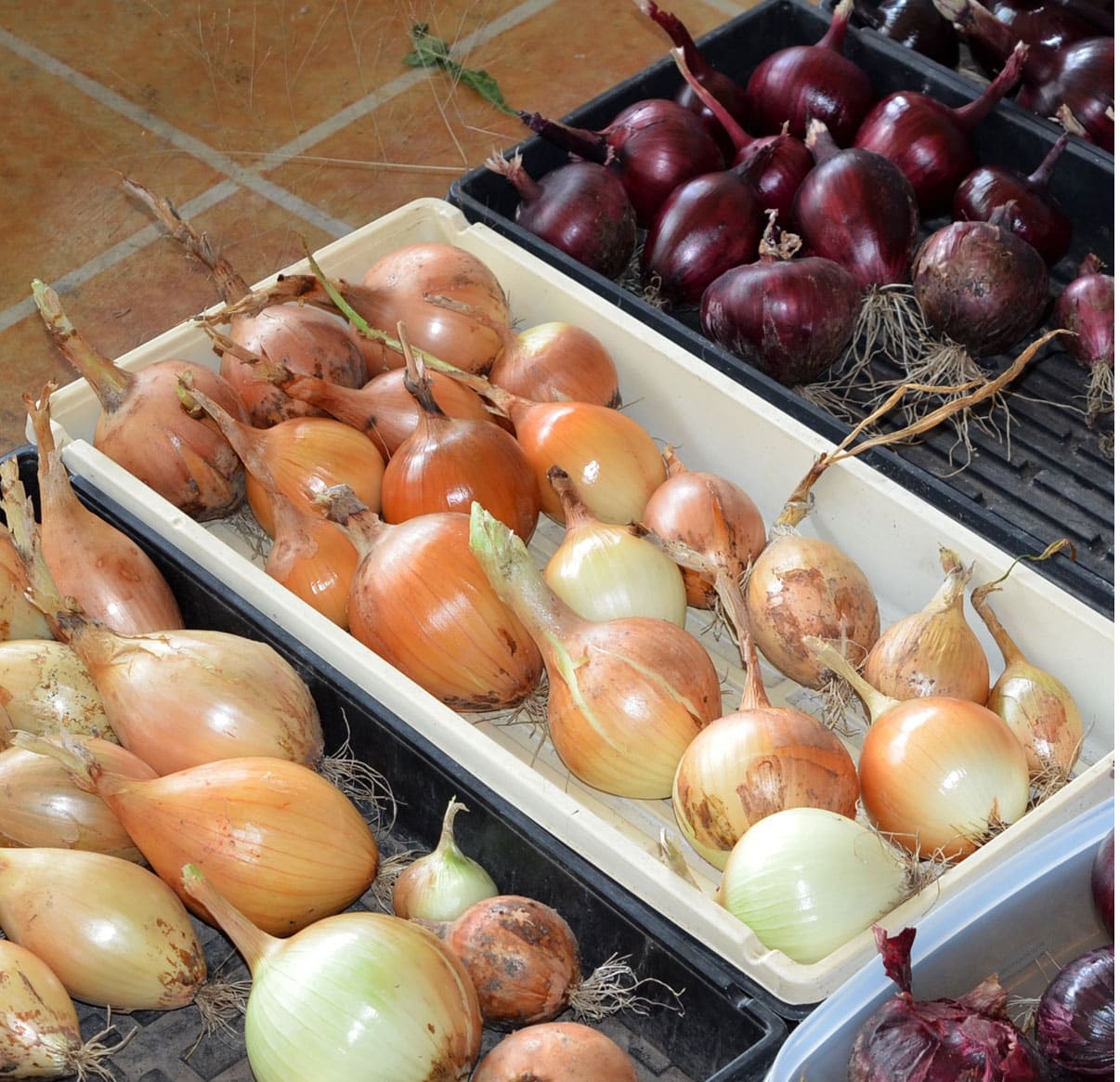


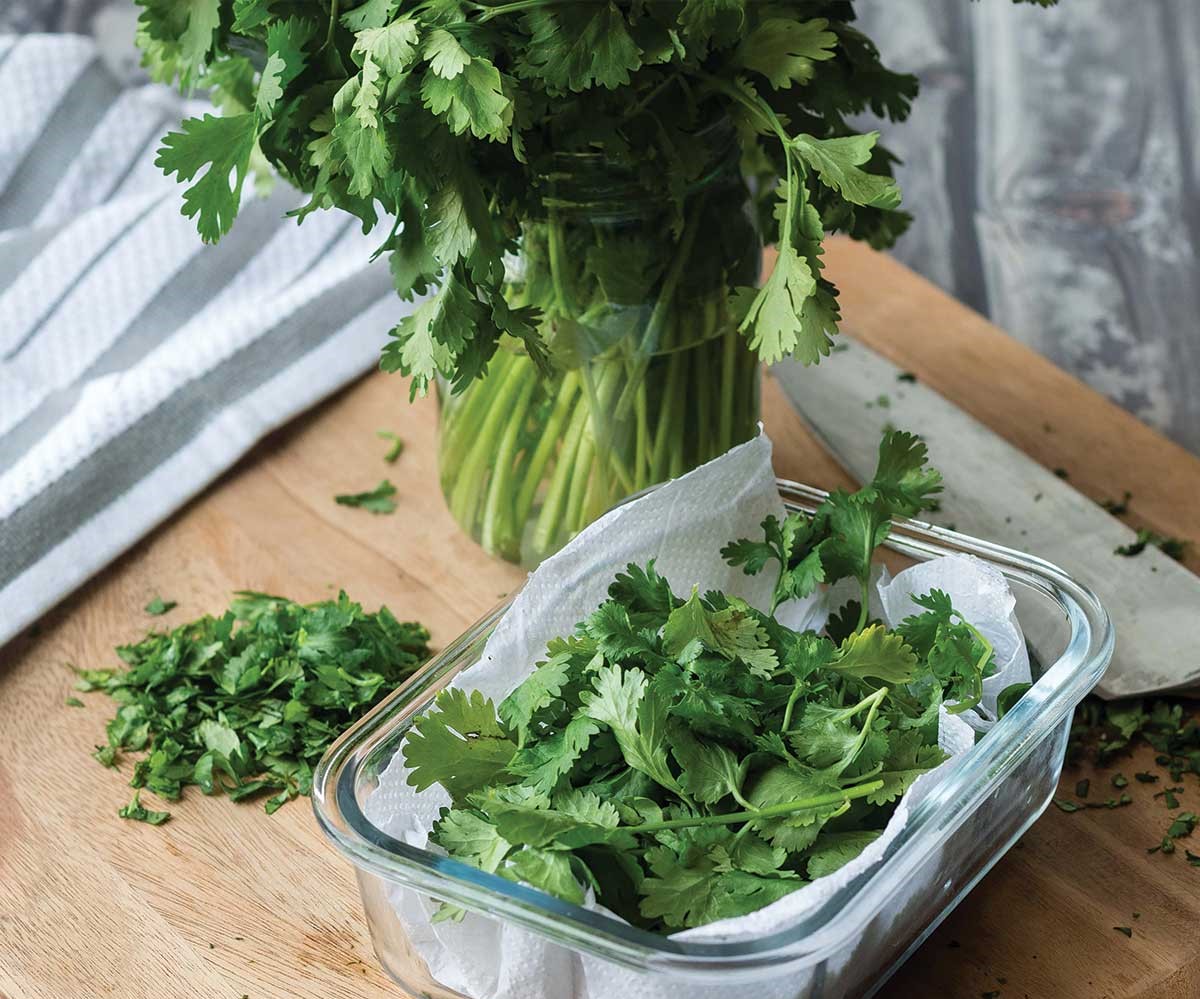
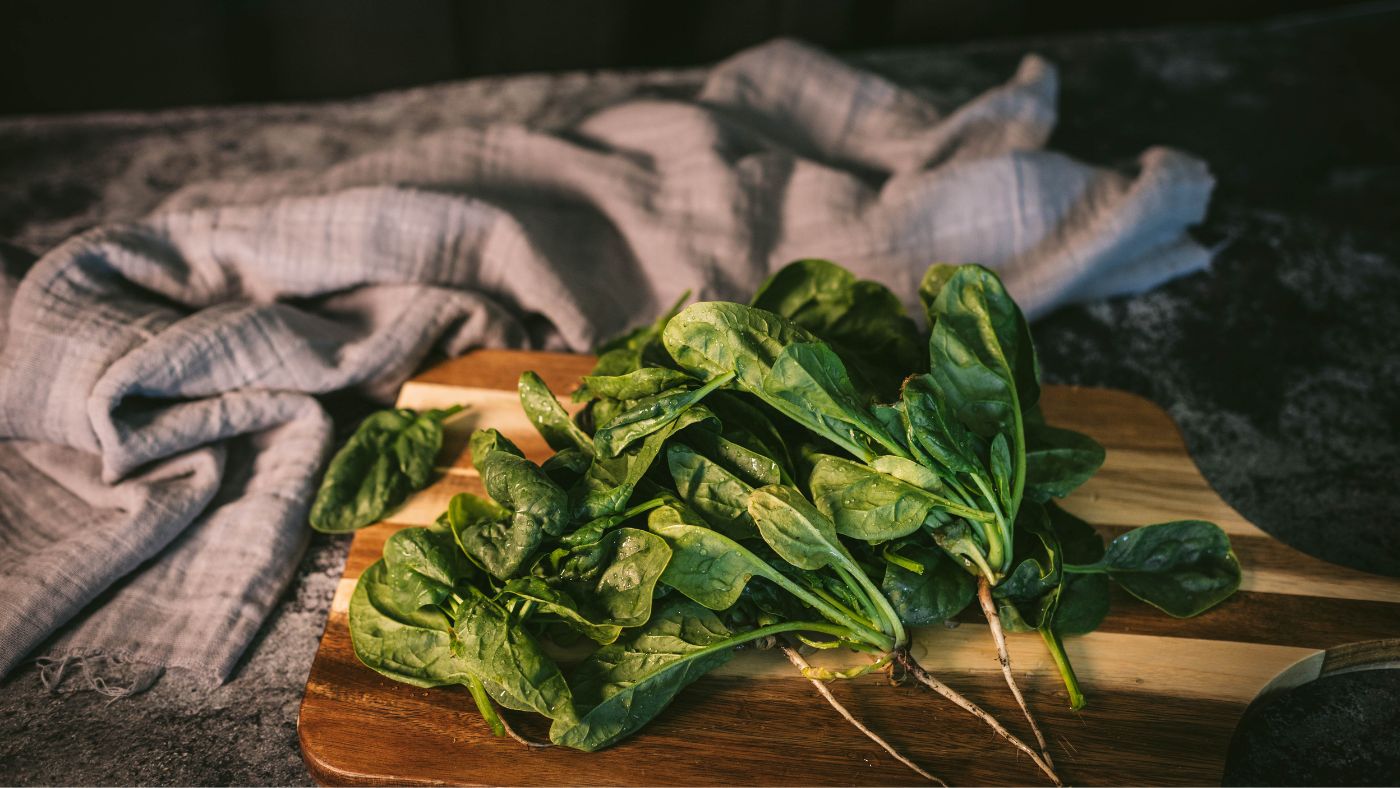
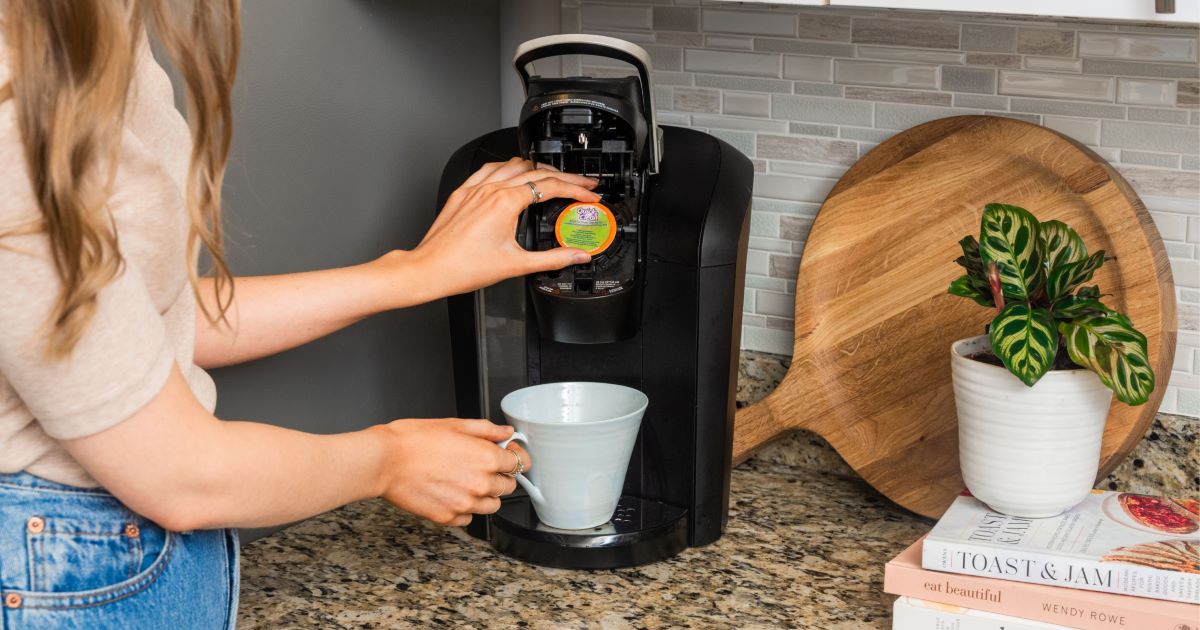
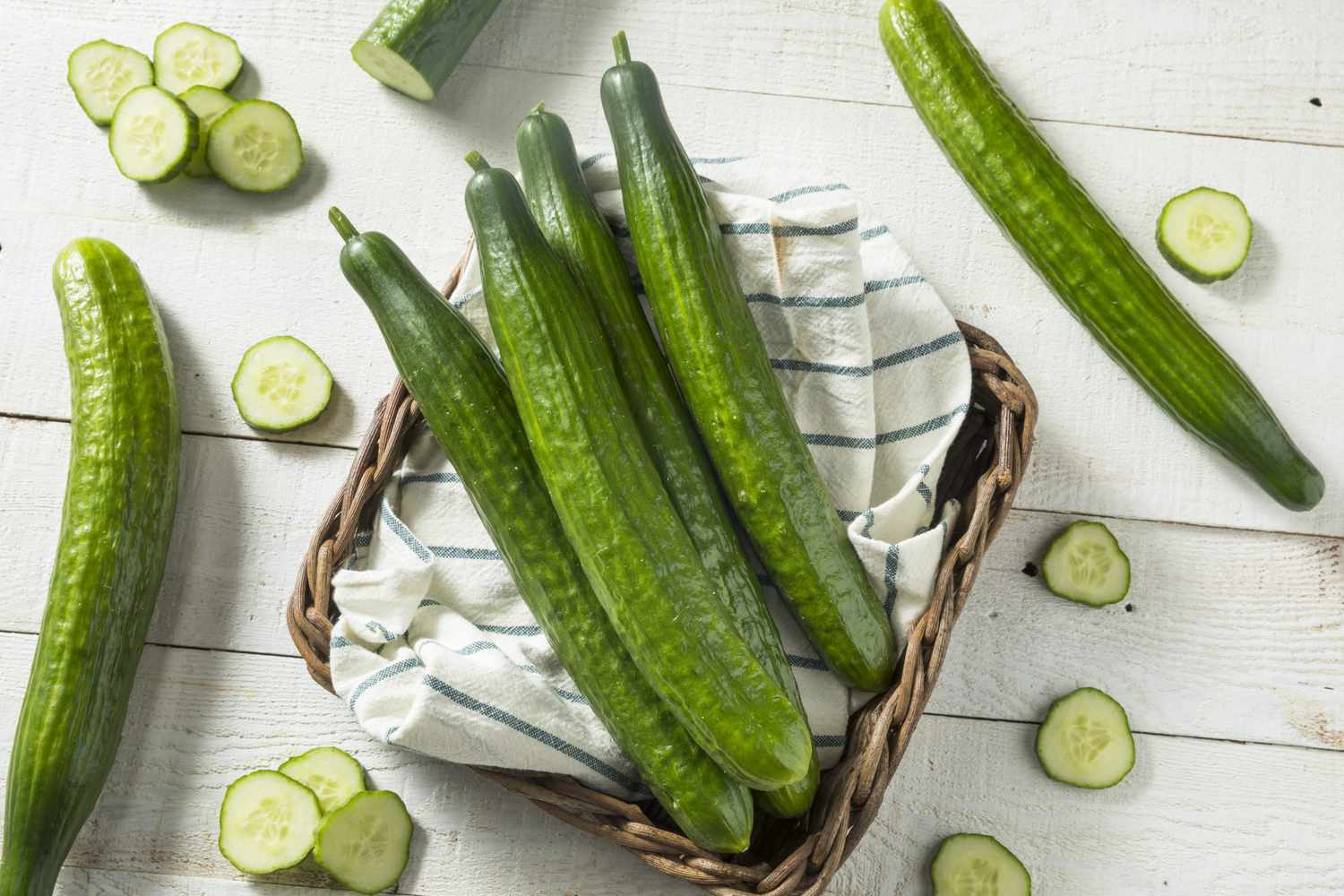
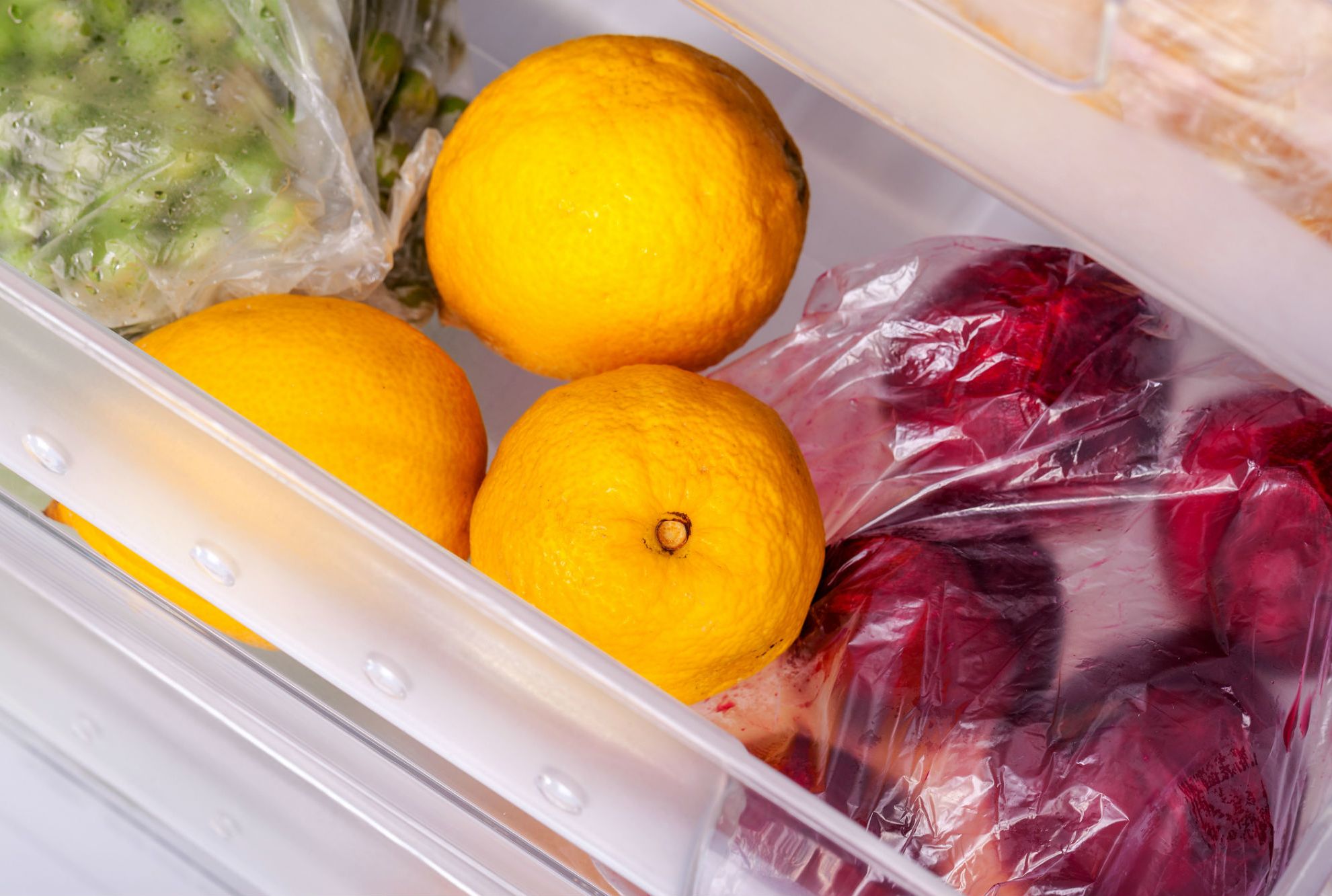
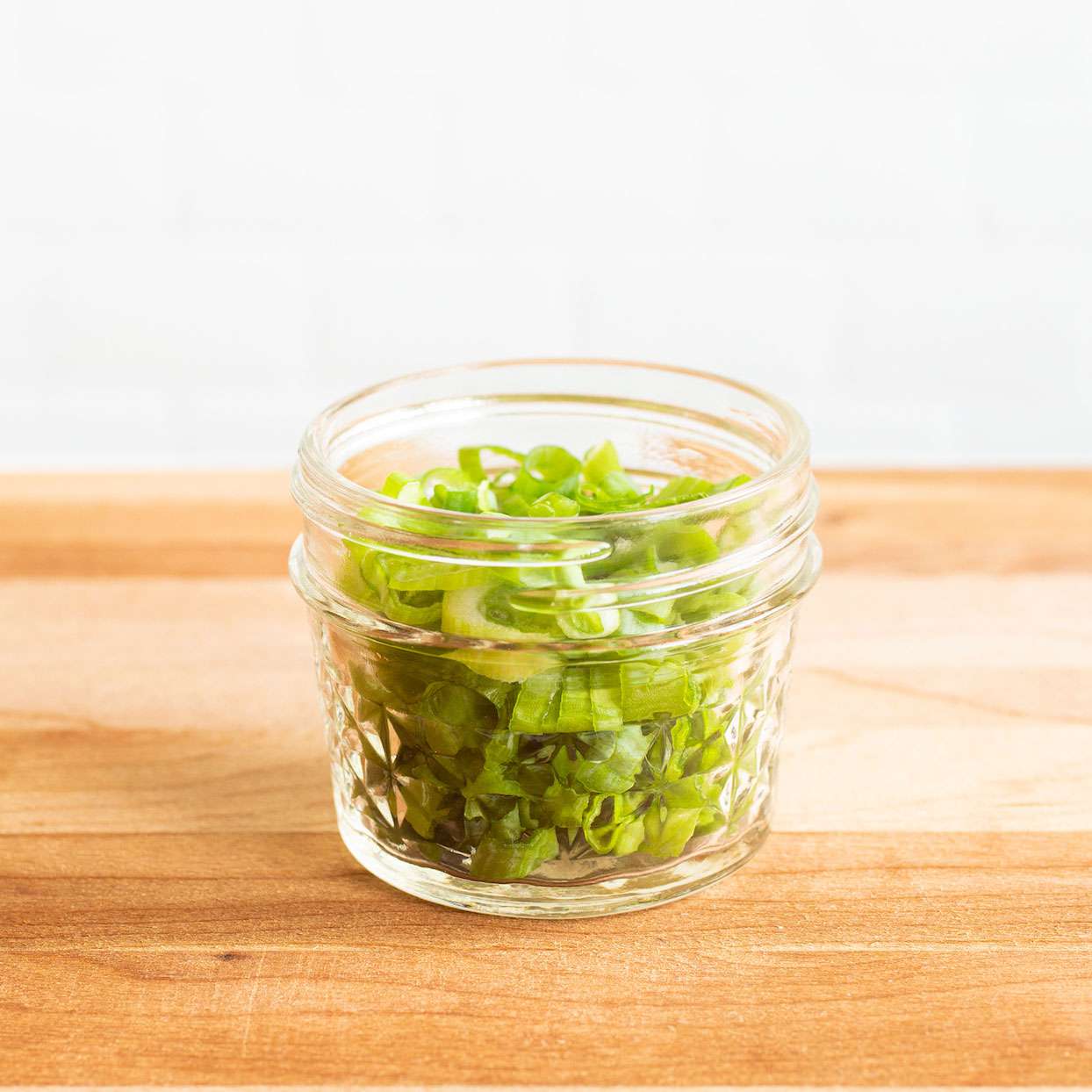

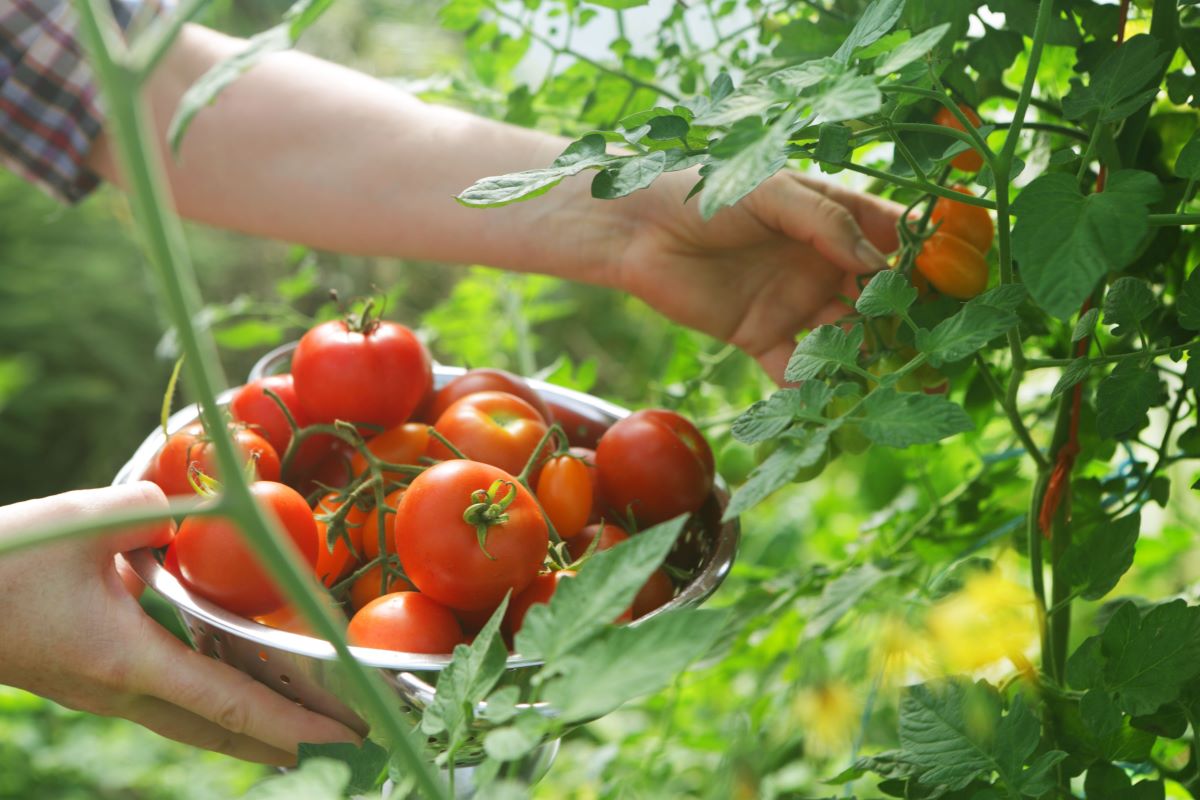

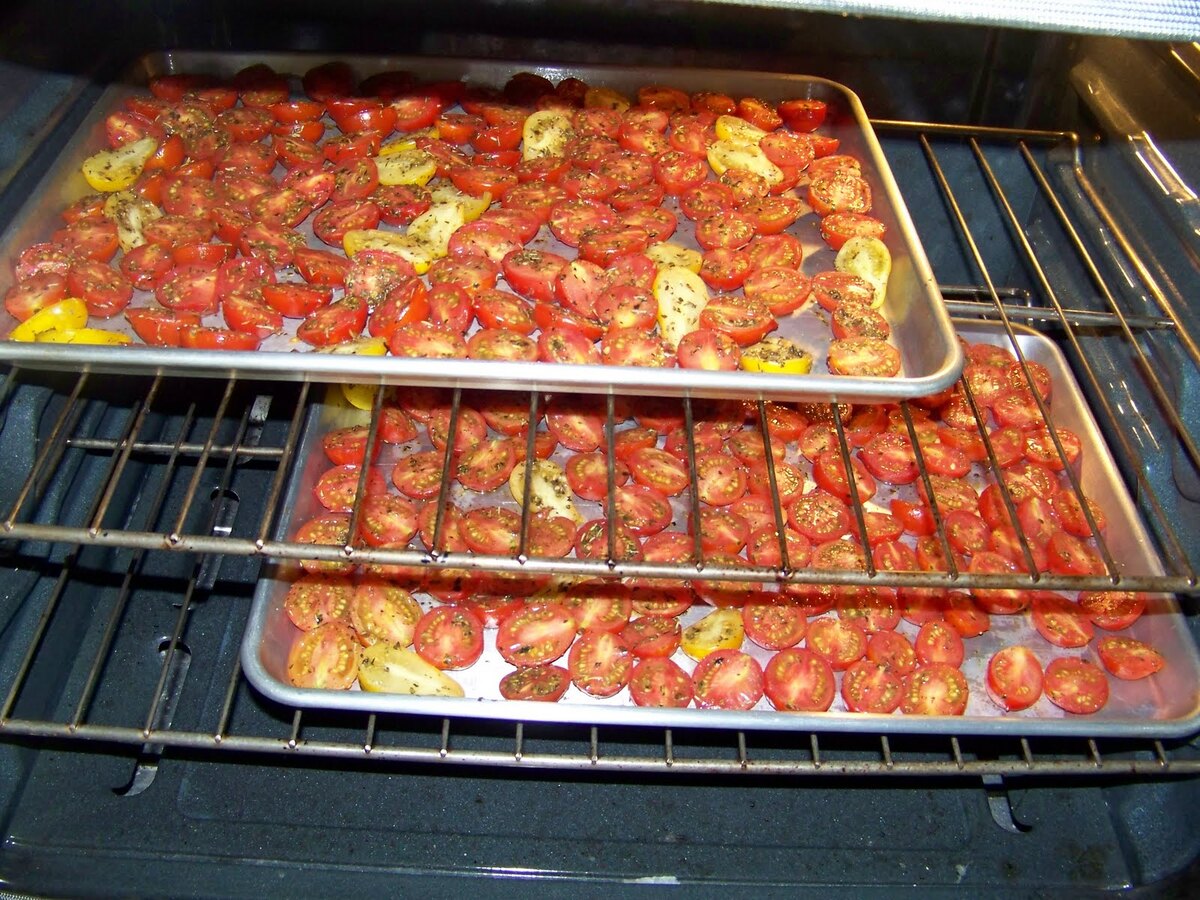

0 thoughts on “How To Store Tomatoes For 6 Months”